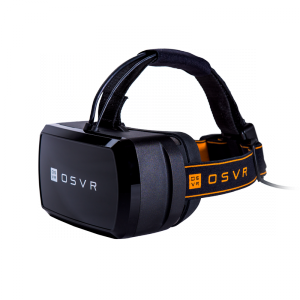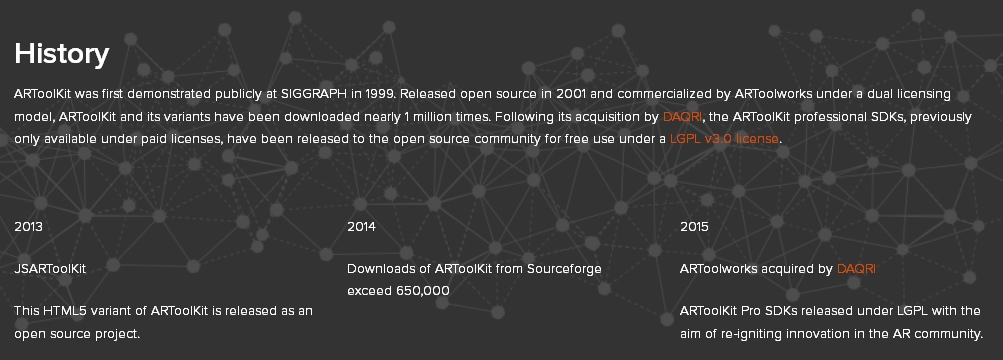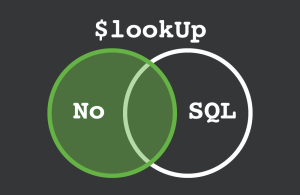
In October 2015, we introduced Sourcehunt in the PHP Channel. The goal of Sourcehunt here at SitePoint was to help open source projects find new contributors, while also helping contributors gain experience and street cred by getting involved in an open source project. With this same goal, we launched Sourcehunt on the Design channel 2 months later. In this article, we’re bringing it to a whole new area that is growing here at SitePoint — emerging tech!
Synergy is the keyword here. Leaving a mark on an open source project can have a great impact on future projects. I’ve personally been very fortunate to volunteer and contribute to projects like Mozilla or Fedora. Contributing to these projects prepared me for other more demanding projects, which would pay my bills at the end of the day. If you are able to set a few hours aside to work on side projects like these, you will see the advantages in no time!
In this edition, we will be focusing on open source projects in the Emerging Tech sector. Specifically, 3 projects from the fields of virtual reality, the Internet of Things and augmented reality. We will present a short introduction to the project, how you can contribute and conclude each with the main programming languages and license used in each project. Ready? Let’s dive in.
OSVR
OSVR is an open-source software platform for virtual and augmented reality. It allows discovery, configuration and operation of hundreds of VR/AR devices and peripherals. OSVR supports multiple game engines, and operating systems and provides services such as asynchronous time warp and direct mode in support of low-latency rendering.
The name says it — Open Source Virtual Reality. Pretty damn exciting for gamers and open source lovers alike! It is especially exciting as it’s maintained by Razer, a gaming hardware manufacturer that is quite popular among gamers. Another maintainer of OSVR is Sensics.
The project is relatively complex, with a lot of development, discussions and tracking not happening in a central place. However, when looking for help, a way to contribute, or how to dive into development, the first place to check out is the OSVR GitHub repo. Check out the repo’s issue list if you want to help out in any specific ways. They are neatly labelled for easy inspection:

The OSVR developer portal is the hub for getting involved in the project. To get started, check out the following:
- Slides & Presentations
- List of Compatible Devices / Systems / Frameworks
- Gitter Chat Rooms
- Newsletter & Mailing Lists
If you want to work on your first bug, you should look out for the red “bug” labels and start working on them.
Bonus

If you have some spare funds, have a look at the OSVR HDK (Hacker Development Kit). It is fully open source, and the hardware schematics are free for anyone to download and tweak. If you want to go a step further, have a look.
Programming Languages & License

Over 69.3% of the code is written in C++, 21.4% in CMake and 4.4% C.
The code is licensed under the Apache 2.0 License. Check out my article explaining open source licenses as well, if you are interested to know more about that license.
Kaa
With the rise of the Internet of Things, concerns of security and privacy flaws have emerged as well. A certain project named Kaa aims to change that.
Kaa is a production-ready, multi-purpose middleware platform for building complete end-to-end IoT solutions, connected applications, and smart products. The Kaa platform provides an open, feature-rich toolkit for the IoT product development and thus dramatically reduces associated cost, risks, and time-to-market.

Sounds promising, right? Kaa is completely open source and free (free as in freedom and free beer). It offers both community support and commercial support. In this article, we will focus on the community aspect and how you can get involved.
To get started with Kaa, check out this overview of the Kaa project. It is very rich with information and explanations you should have before diving in. The Kaa Getting Started page is the next place you should stop by. It should give you an impression of the project pretty quickly.
If you feel ready enough and finally want to get your hands dirty, migrate over to the Kaa GitHub repo. However, it is mostly a mirror of the Kaa JIRA instance. You can create a pull request from GitHub for the corresponding JIRA ticket. The Contribute page on the Kaa website explains it pretty well.
In a nutshell, these are the core meeting places the project revolves around:
Programming Languages & License

Over 69.8% of the code is written in Java, 9.5% in C, 9% C++ and 9% Objective-C.
The code is licensed under the Apache 2.0 License.
ARToolKit
Remember when augmented reality was the newest shiny tool? Although a good part of the industry has overshadowed AR in the mainstream sense, with more catchy technologies like IoT or VR, AR still has many use cases nowadays and continues to thrive. One of the latest examples is Pokemon Go, which has been hyped in the gaming news outlets in the past months.
ARToolKit offers a complete framework which empowers programmers to develop AR applications. The company prides itself that they have been around as an open source project since 2001 and their tools have been deployed in thousands of commercial and community projects ever since. Sounds definitely not like the side project one would tweak in your dad’s garage. Let’s have a look.

Unsurprisingly, considering ARToolKit’s 15 year long history, the project uses a phpBB powered forum. However, the action happens in the ARToolKit GitHub repo. You can get involved via the GitHub issue list to get a sense for the project. The project also encourages you to reach out to the project maintainers directly to get involved: contributions@artoolkit.org.
Programming Languages & License

Over 58.7% of the code is written in C++, 34.3% in C and 2.8% Java.
The code is (mostly) licensed under the LGPLv3. There are some exceptions, so head over to the Licensing page to find out more.
Sourceh(a)unted yet?
If (apart from bad puns) this interests you as well, give it a try and let us know how it goes in the comments below. If you are stuck at some point, feel free to reach out to me as well. You can also check out all SitePoint Sourcehunt posts here.
Happy hunting!
 Elio Qoshi
Elio QoshiElio is a open source designer and founder of Ura Design. He coordinates community initiatives at SitePoint as well. Further, as a board member at Open Labs Hackerspace, he promotes free software and open source locally and regionally. Elio founded the Open Design team at Mozilla and is a Creative Lead at Glucosio and Visual Designer at The Tor Project. He co-organizes OSCAL and gives talks as a Mozilla Tech Speaker at various conferences. When he doesn’t write for SitePoint, he scribbles his musings on his personal blog.






